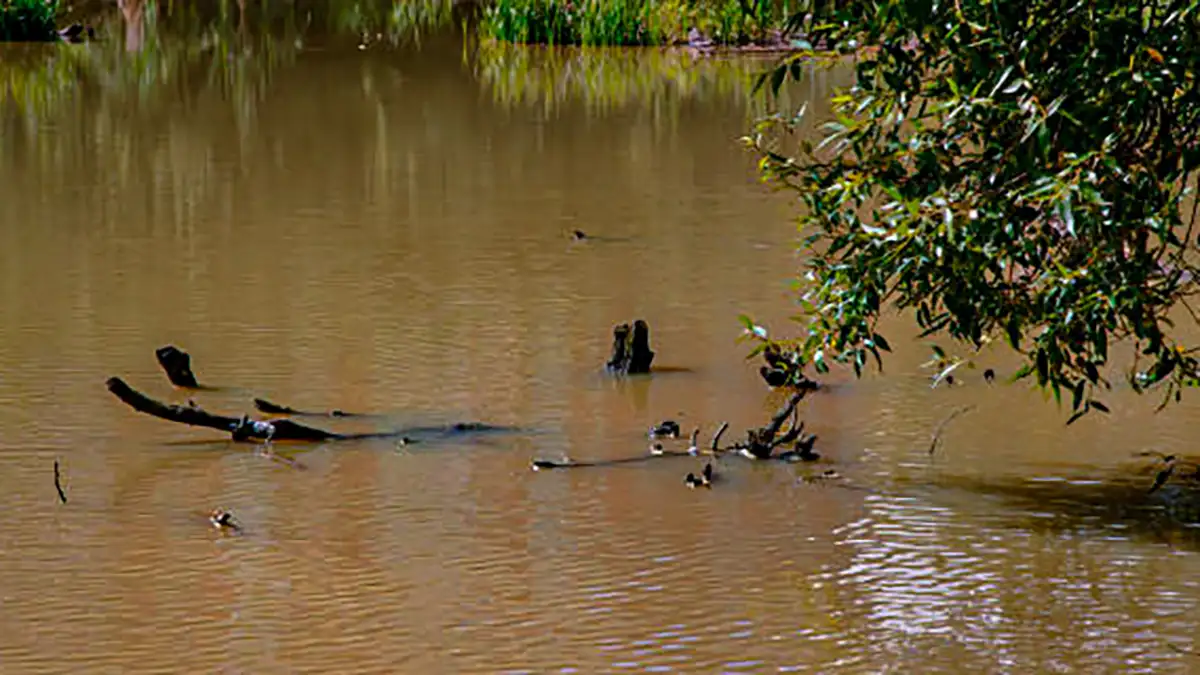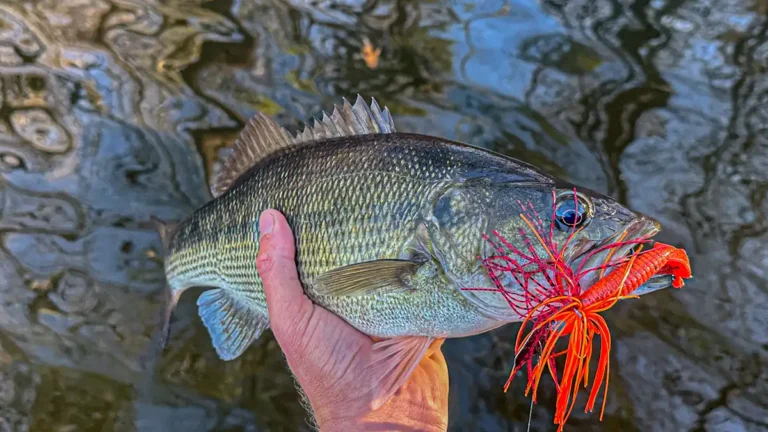As winter settles in, and temperatures plummet, bass fishing enthusiasts shift their focus to the often overlooked realm of dirty water. Across the country, bass tournaments witness impressive catches of largemouth and spotted bass from murky waters. This seasonal pattern opens up exciting possibilities for anglers, allowing them to employ various shallow water techniques to lure elusive bass.
Power Fishing in Dirty Water: A Proven Strategy
Power fishing emerges as a popular strategy for tackling the challenges posed by murky water. Historical success stories attribute the effectiveness of baits like crankbaits and vibrating jigs to this style of fishing. The intriguing phenomenon of fish congregating in muddy water during winter sets the stage for memorable angling experiences when conditions align. This article provides insights into the techniques and timing crucial for successful bass fishing in dirty water.
Locating Stained Water: The First Hurdle
The initial challenge lies in identifying stained water, a key component for a successful bass fishing expedition. Utilizing tools such as Google Earth, anglers can efficiently locate areas with reduced clarity. Traditional spots like rivers and creek backs are prone to holding stained water. Driving around local bodies of water and observing significant changes in water clarity can also provide promising locations. While locating these areas may be straightforward, consistently finding fish requires attention to water temperature.

Water Temperature’s Role: The Thermal Factor
Water temperature plays a pivotal role in determining fish positioning in muddy water. As temperatures drop, fish become less active, seeking warmth for both comfort and sustenance. Muddy water, with its enhanced heat retention properties compared to clear water, becomes a magnet for fish during winter. Additionally, rocks contribute to heat retention, making them attractive cover for bass. Targeting locations with temperatures ranging from the mid-60s to high 50s proves effective.
New vs. Old Mud: Deciphering Water Conditions
Understanding the distinction between “new mud” and “old mud” is crucial. “New mud” refers to water recently turned turbid due to rain or changing conditions, potentially unsettling fish. In contrast, “old mud” refers to consistently stained areas where fish have acclimated, offering more productive fishing grounds. Targeting “old mud” increases the chances of encountering a higher concentration of bass.
The Significance of Bait Presence: Attracting Bass
Bait presence emerges as a significant factor in attracting bass to dirty water. Various types of forage, including shad, bluegill, and crawfish, play a role in enticing fish. Identifying the prevalent forage helps determine lure selection, ensuring a strategic approach to fishing in stained water. Side scan and forward-facing sonar prove valuable for locating bait, providing anglers with a quick and effective means of identifying bait-rich areas.

Light Penetration Dynamics: Sunlight’s Impact
Light penetration, influenced by sunlight, becomes a crucial factor in dirty water fishing. Unlike the traditional belief that cloudy days are optimal for fishing, muddy water scenarios challenge this notion. Bright sunny days can prove more productive, encouraging fish to move towards the shallows in search of warmth. The increased visibility offered by sunlight enhances the effectiveness of various fishing techniques.
Effective Fishing in Dirty Water: Techniques and Bait Selection
When fishing in dirty water, visibility becomes limited, prompting fish to rely on water displacement and sound. This necessitates the use of baits causing significant disturbance. Traditional moving baits like vibrating jigs and crankbaits excel in this scenario. Power fishing, a prevalent approach, involves covering a substantial area with various bait styles. Adjusting lure selection based on water temperature, forage, and light penetration optimizes the chances of success.
Essential Bait Selection for Dirty Water Fishing:
- Crankbait: Ideal for colder temperatures and fishing around shallow rocks.
- Vibrating Jig: Effective for cover-skipping situations, laydowns, and docks.
- Flipping Jig: Productive for bass near tight cover or feeding on crawfish.
Understanding the intricacies of water conditions and adjusting bait selection accordingly enhances the angler’s ability to capitalize on bass congregating in dirty water during winter. By focusing on factors like water temperature, bait presence, light penetration, and employing the right techniques, anglers can elevate their winter fishing experiences in stained waters.
Images/Source: Wired2Fish





